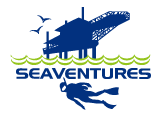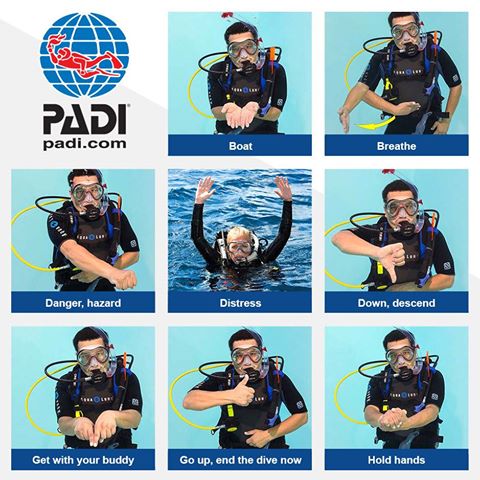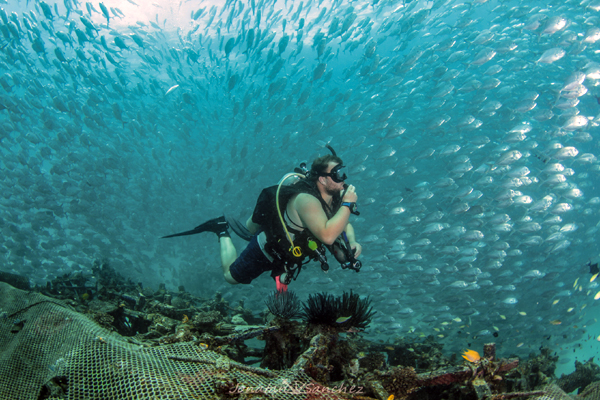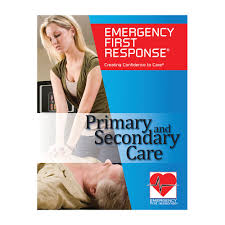
Help to save lives PADI Emergency First Response
Not many realize how important it is to be able to respond to an emergency until they are faced with one. Many lives could be saved had the person who found the victim (a person in need of medical attention) is able to provide basic life-saving skill such as CPR (Cardiopulmonary Resuscitation).
The PADI Emergency First Response (EFR) is a course for divers and non-divers. This is a dry course where no prior qualification is required. At Seaventures Dive Rig the course is conducted with a combination of knowledge and skill development and realistic scenario practice.
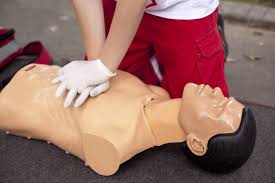 If you are PADI Advanced Open Water Diver and would like to take on the next step in your diving adventures, the EFR courses meets the CPR and first aid training requirements for the PADI Rescue Diver course and all professional-level ratings.
If you are PADI Advanced Open Water Diver and would like to take on the next step in your diving adventures, the EFR courses meets the CPR and first aid training requirements for the PADI Rescue Diver course and all professional-level ratings.
For non-divers, having life-saving skills will also equip you with Secondary Care (First Aid) as not all emergencies are life-threatening and sometimes medical services can be delayed. By providing first aid while waiting you help in easing pain and reducing further harm.
One of the main focuses of the course is building your confidence and ability to respond effectively to a medical emergency. Guided by a PADI Emergency First Response Instructor you will learn internationally recognized medical guidelines for emergency care.
Learn to save lives, sign up today for the PADI Emergency First Response Course. Seaventures Dive Rig is a 5* PADI Dive Centre. The PADI EFR instruction can be in English or Chinese. Do get in touch shall you need further information.
What will you learn? Source PADI.com
- Primary Care (CPR) – This course teaches you the steps and techniques for handling life-threatening emergencies. You’ll practice eight skills for aiding patients who aren’t breathing, have no heartbeat, may have a spinal injury, and may be in shock or who may have serious bleeding. You’ll learn to how to perform CPR and continue to monitor the patient, so that you provide every possible chance of survival while waiting for emergency medical services to arrive.
- Secondary Care (First Aid) – Because many medical conditions are not life-threatening and emergency medical services are sometimes delayed or unavailable, this course teaches you how to provide first aid that eases pain and reduces the risk of further harm. You’ll learn to assess a variety of injuries and illnesses and practice bandaging and splinting.
- Care for Children – This course allows participants to learn, practice and apply emergency care skills specific to helping infants and children with medical emergencies. It’s designed for those who work with children or are likely to have to respond to emergencies involving youngsters. This course is often integrated with Primary Care (CPR) and Secondary Care (First Aid) courses.
- CPR & AED – This course focuses on CPR training and teaching participants how to use an AED (automated external defibrillator). When workplace or governmental requirements specify this training, the CPR & AED course meets the need. This course is often integrated into First Aid at Work programs.
- First Aid at Work – In some areas, such as Great Britain, Australia and Canada, governmental regulations call for enhanced CPR and first aid training for the workplace. First Aid at Work programs designed for these areas include additional topics and skills to meet requirements while following the easy to learn EFR approach to training.
- EFR Refresher – It’s a good idea to refresh your CPR and first aid skills every 24 months, and that’s what the EFR Refresher course is designed to do. Focusing on key skills, the course allows you to stay up-to-date and ready to lend aid when needed.
